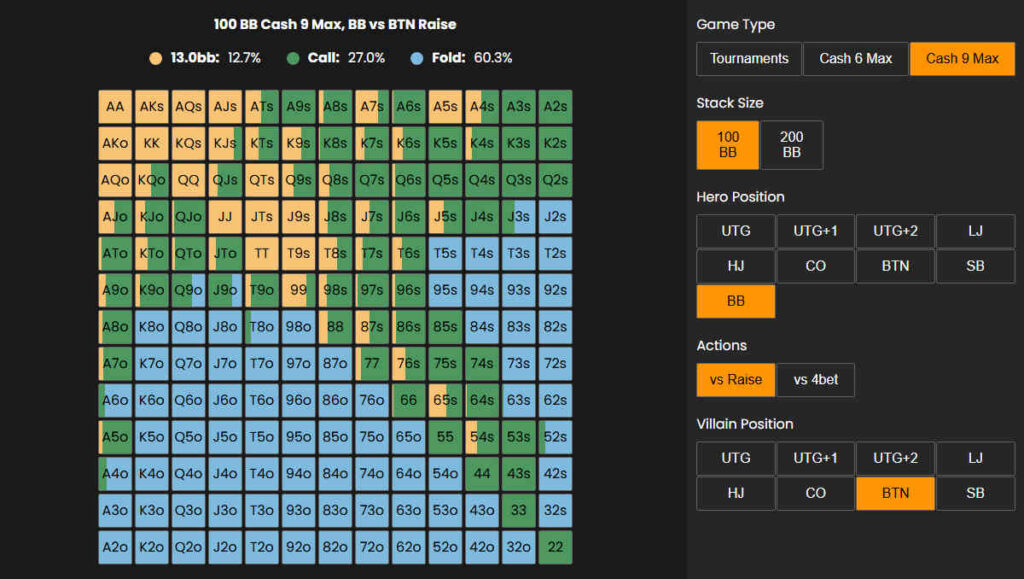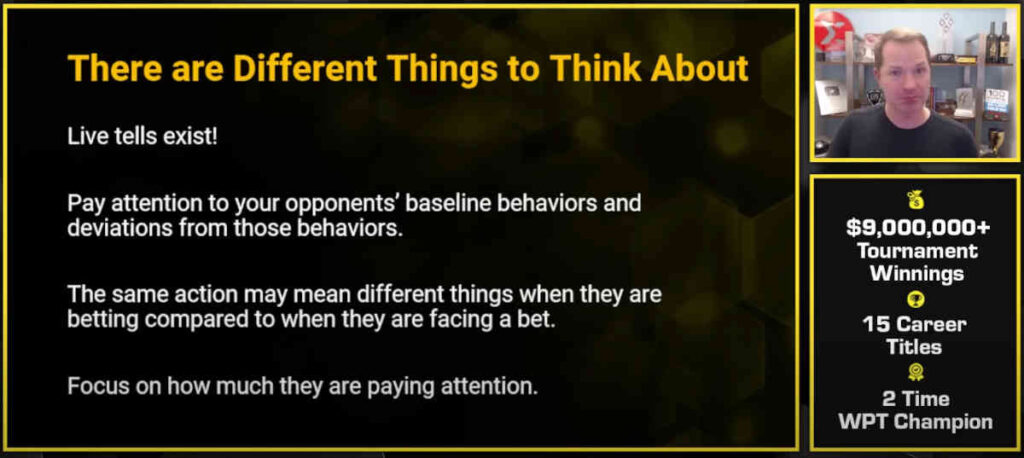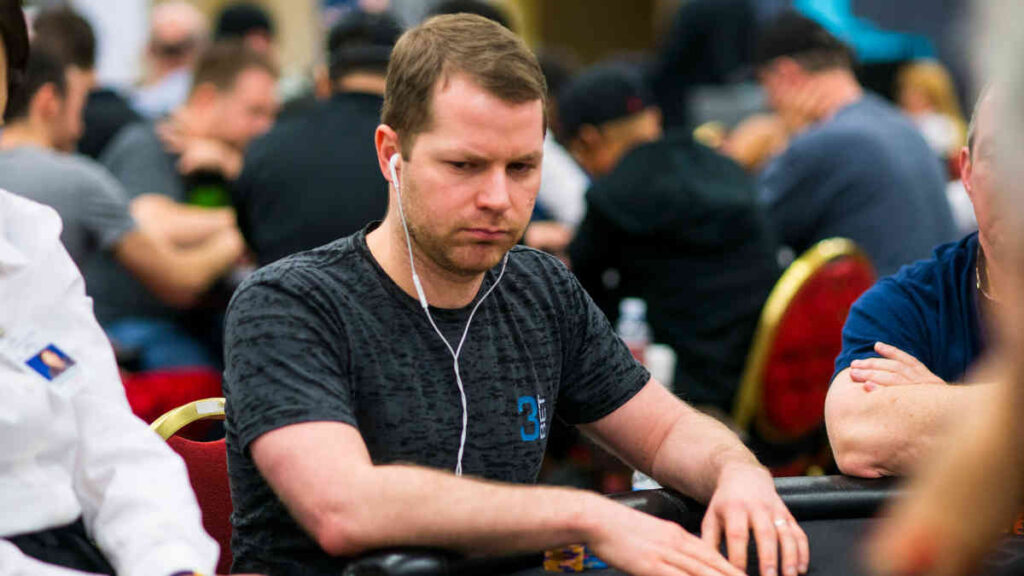Transitioning from online to live games comes with several challenges, but the biggest question most players have is: how do I best adjust to live poker?
The first and most important thing I want to emphasize is that poker is poker, regardless of the setting. While there are some important differences, it is still the same game, so you don’t need to make any drastic changes to your strategy when you move from online to live.
That said, there are a few important aspects to keep in mind and work around to make the transition as smooth and as profitable as possible, namely:
- On average, live players are significantly less skilled than live players
- There are different things you need to focus on in live games, such as physical tells
- Live poker games move at a much slower pace
Let’s now go through each of these three aspects and see what adjustments you can make to your strategy to boost your win rate.
Tip #1: Take Advantage of the Skill Gap
Live players tend to be worse in terms of their overall skills and understanding of the game. Online $1/$2 games are very tough; in contrast, $1/$2 live tables are some of the softest games you’ll come across.
This means that you’ll be able to make many more exploits playing live, creating a potential for huge win rates that are just not feasible in today’s online environment.
A good online player might win 7 big blinds per 100 hands. A solid live player can have a win rate of 30 big blinds per 100 hands. It will take you much longer to play those hands, of course, but your win rate will be significantly higher.
There are many leaks and mistakes you can take advantage of in live games, but the three biggest errors that live players make pretty consistently are:
- They don’t 3-bet & 4-bet enough before the flop – their preflop re-raises are weighted heavily towards value hands, which means you should be over-folding, especially with hands that are likely to be dominated, like AJo.
- Small stakes live players c-bet the flop too often – you can adjust to this by doing a lot more check-raising on boards that are good for your range and check-call more on boards that favor your opponent.
- Players don’t bluff often enough in live games – if your opponent check-raises you on the river, you can fold almost everything, as they will show you the nuts (or close to it) almost every time.
This is not to say that all live players have these leaks, but these are certainly some general tendencies that you’ll come across more often than not. You should still keep an open mind and consider every player’s specific style once you get to know them a bit better.

Tip #2: Stay Aware of Things Like Live Tells
In many cases, you’ll be able to tell if your opponent likes their hand or not without putting too much effort into it.
For example, I’ll often check back the flop in a situation where the GTO strategy suggests continuation betting. I’ll do it because it is apparent the flop perked the big blind’s interest as they sit up a bit in their chair or send a different signal that this board is of interest to them.
Some live players will do things like put a card protector on their hand before the action gets to them, demonstrating they want to play.
So, pay attention to these different behaviors, and you can adjust your plan accordingly.
Generally speaking, try to figure out how interested other players look. For example, if you are on the flop and it checks to you in the cutoff, and you notice the button is watching TV, not really paying attention to the hand anymore, it’s almost as if they are no longer in the pot.
You can take advantage of this knowledge to bet on the flop as if you were the button, not worrying about the player yet to act, since it is very likely they’ll just fold to any bet.

Tip #3: Be Prepared for Longer Downswings
Even though live games are softer than their online counterparts, live poker moves at a much slower pace. This, in turn, will result in longer-lasting downswings, at least in terms of time.
Time isn’t the proper metric to use when analyzing poker, though. You should always use the number of hands played. Some people will play a few hours of live poker a week and will feel like they’re on a massive downswing after not winning in two or three months.
The reality is, though, if you only play 500 hands a month, that’s 1,500 hands during a three month period. An online grinder will put in that kind of volume during a decent daily half-session.
If your edge in live games isn’t that big, these downswings can certainly last a while if you’re not putting in a big volume. So, you should accept this is the reality of the games you’re playing and have a proper bankroll management system in place.
To wrap it up, live poker can be extremely profitable – way more than online. However, you need to focus on what matters and not copy your opponents’ strategies.
Realize that your opponents, especially at low stakes, are probably losing at poker, so you don’t want to replicate what they’re doing. Instead, focus on playing quality poker every single hand, try not to worry about variance too much, and results will follow!


